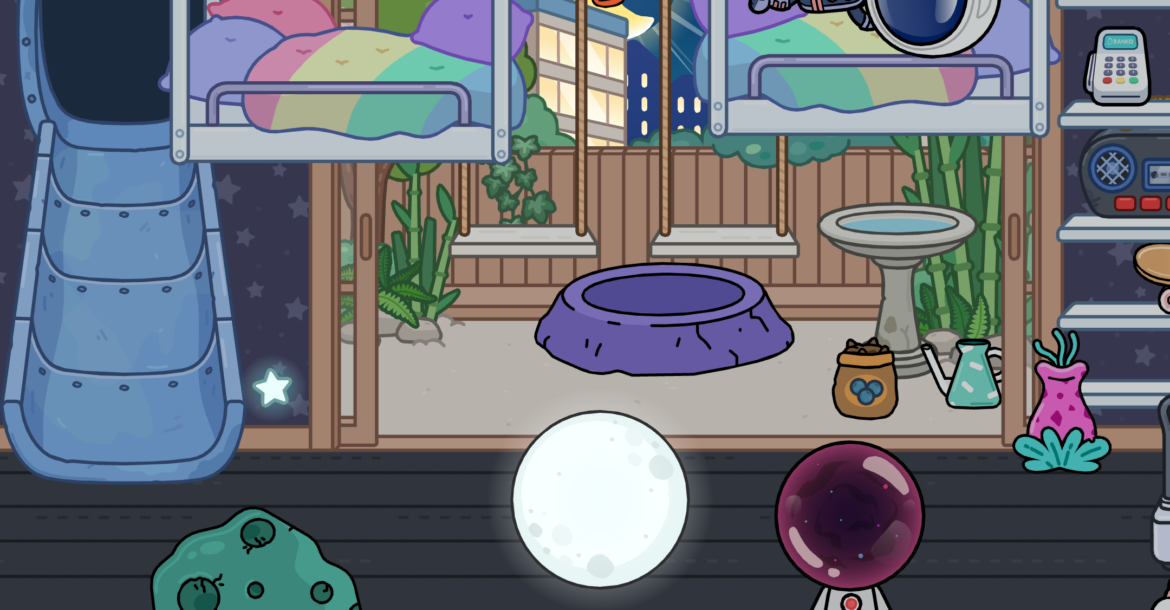As children with social skills deficits try to navigate our highly-social world they must first learn the basics (eye contact, following eye-gaze, attending to others, etc.) and then learn to use those skills to identify others’ emotions, inference the cause of the emotions, and problem-solve the situations causing these emotions.
In Toca Boca World I like to use the community locations for social inferencing. I’ll choose a new location each week and come up with new ideas for each of the 4 Zones of Regulation, plus one extra. I then move the characters around and narrate a little while using the emotions button (which is on the bottom-left of the screen). For example, I’ll say the girl is going to get in line, but then have the boy in the black vest cut in front of her and use the emotions to make the girl angry. Then I’ll ask the patient, “How does she feel?” If the patient has trouble I’ll make the same face as the girl and ask what emotion that is. If he/she needs more help I ask, “Does she look angry or happy?”
Once we have that answer I’ll ask, “What made her so angry?” I try to stay away from the question, “Why is she angry,” because children often answer with the clues for her emotion (“She’s frowning” or “Her face is red”). Again, if the child can’t answer I’ll try giving him/her a wrong answer like, “Do you think she’s angry because the sun is out?” and then I’ll give the child a binary choice if that’s still too hard.
Once we get that answer I’ll ask, “What can she do to help this problem?” I stay away from questions like, “What can she do to feel better?” because sometimes hitting someone does make kids feel better about being mistreated. Again, if kids have trouble answering the question I’ll make an intentional mistake like, “Do you think it would help if she went home?” And then I’ll give the child a binary choice if they need more help. I refer to the Zones of Regulation a lot for this step and follow Dr. Jonice Webb’s rules for the messages of our feelings. A distilled version of this is that the green zone tells us to appreciate, the red zone tells us to advocate for fairness, the blue zone tells us to prioritize what’s important to us, and the yellow zone tells us to make sure we’re safe.
Here’s my video tutorial for target these social skills using the FREE version of Toca Boca World.
Here are some more ideas for using Toca Boca World in speech & language treatment.
And here are some more ideas for working on social skills.
Want more ideas? Subscribe to my monthly newsletter!

